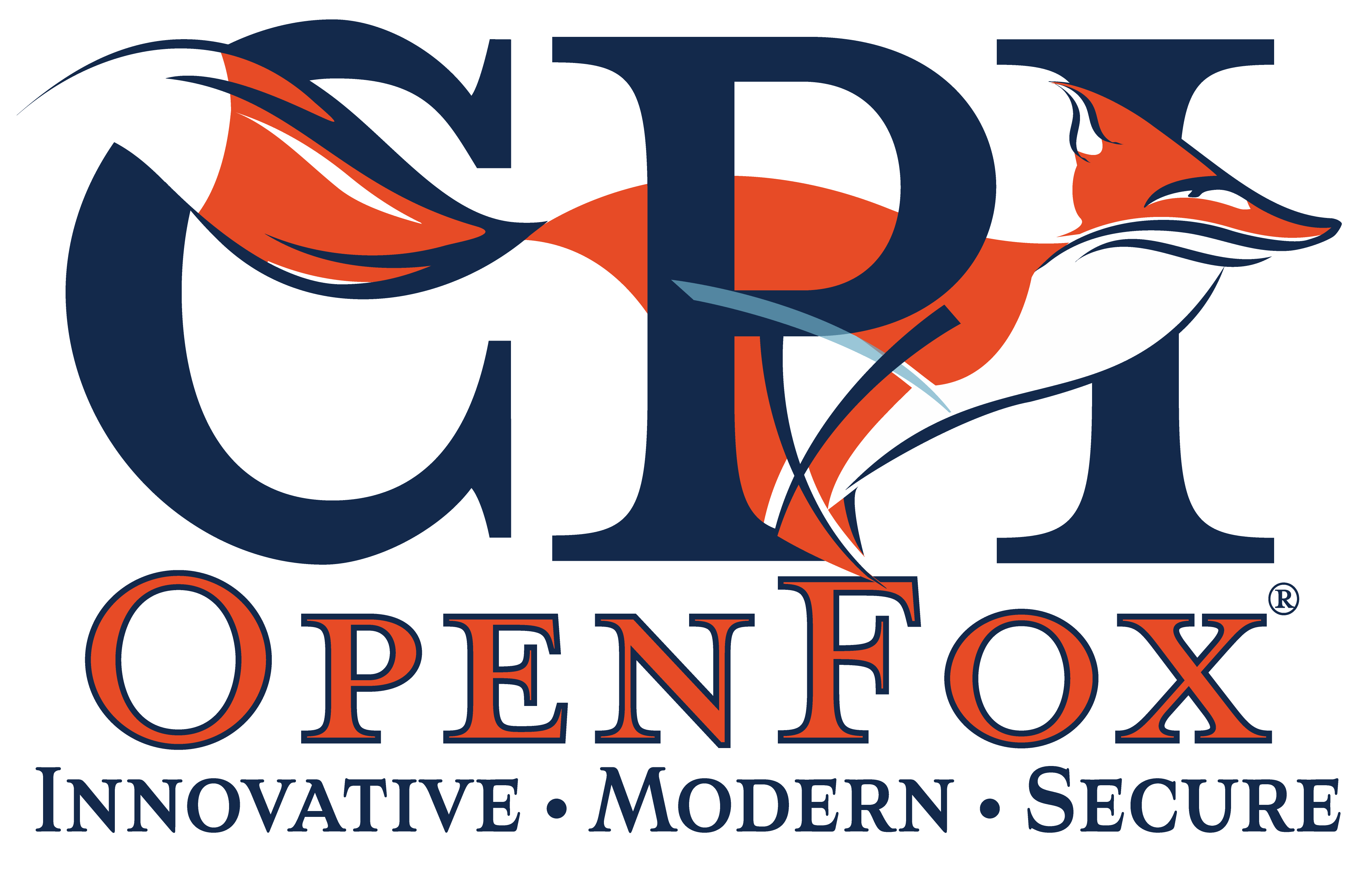Software-as-a-Service (SaaS) has become commonplace in law enforcement as more agencies choose to adopt this technology as part of their fight against crime. According to a survey conducted by Crime Tech Solutions, 56 percent of law enforcement agencies reported that they currently use SaaS or hosted software for CAD, RMS, criminal intelligence, case management, or crime analytics.
What Is SaaS?
 Software-as-a-Service is a method of providing applications over the internet. The user accesses the application(s) using the internet rather than installed software that must also then be housed and maintained.
Software-as-a-Service is a method of providing applications over the internet. The user accesses the application(s) using the internet rather than installed software that must also then be housed and maintained.
Also known as on-demand software, web-based software, or hosted software, the provider’s servers store the SaaS applications, which are then accessible by the purchaser. The host oversees access to applications ensuring ease of availability and overall performance. They are also responsible for the security of the hosted product.
SaaS is different from traditional on-premise software in two main ways. First, SaaS does not require extensive hardware, allowing users the option to outsource the bulk of their IT responsibilities. Second, SaaS systems are generally paid via a subscription model.
How SaaS Helps Law Enforcement
Law enforcement officials face challenges every day that put their operations at risk. Approaching the latest digital trends with an open mind can help agencies across the country find viable solutions to these challenges while building the capabilities that law enforcement officials need to respond to crimes quickly and efficiently.
1. Gain Access To Historical Data
Data is one of the most important resources used by law enforcement agencies. Data analytics work by gathering large amounts of data in an attempt to discover crime patterns. In the field of criminal justice, data analysts can accurately correlate data, such as crime rates and drug convictions, with data pulled from a variety of sources, such as educational attainment, work history and poverty rates.
Law enforcement software solutions allow agencies to quickly search for and find historical data that can aid officers in cases and investigations.
2. Fight Against Cyber Threats
 Cyber attacks can have instant and wide-ranging consequences for agencies in the law enforcement field. Countless law enforcement officers across the country work hard every day for safety and security. These agencies also play a direct role in helping the Department of Homeland Security (DHS) proactively fight against internet-related crimes.
Cyber attacks can have instant and wide-ranging consequences for agencies in the law enforcement field. Countless law enforcement officers across the country work hard every day for safety and security. These agencies also play a direct role in helping the Department of Homeland Security (DHS) proactively fight against internet-related crimes.
In addition to helping reduce cyber crimes as a whole, law enforcement agencies must take preventative measures to safeguard their internal systems. Security is a major concern surrounding information sharing in law enforcement, whether that be with each other or with other public safety organizations.
SaaS comprises three main layers of security, including network, infrastructure and software/application. Information from all three levels is also backed up as an extra precaution.
3. Control IT Costs
Law enforcement agencies often look for ways to cut costs and save money. The switch to a SaaS model has been found to offer certain financial advantages, including upfront and long-term cost savings.
SaaS eliminates the upfront costs of buying and installing software. It also eliminates many ongoing costs, such as maintenance and upgrades. With SaaS, applications can be quickly downloaded and maintained. The pay-as-you-go subscription model helps ensure that agencies only pay for the solutions that they need and actually use.
4. Streamline Police Reporting
Manually writing police reports can waste significant time and resources. Software-as-a-Service helps streamline field reporting by allowing law enforcement officials to fill in customizable forms that can be accessed from any device and location.
Once the data is entered using SaaS, it can be automatically found in the agency database, where it can then be accessed by any authorized personnel. Innovative reporting software helps speed up the incident reporting process and eliminate data duplication issues.
 5. Identify And Track Crimes
5. Identify And Track Crimes
Tracking where and when crimes will occur is one of the biggest hurdles that law enforcement agencies face on a daily basis. SaaS has the ability to aid law enforcement officials using incident mapping functions. Through incident mapping, officers can more easily identify and track criminal activities.
Data stored in centralized databases contain information that can help officers remain informed on suspected crime locations and improve response time when incidents do occur. Analyzing this data can also uncover potential crime patterns that help reduce the recurrence of criminal activities.
Contact CPI OpenFox Today
Choosing the right IT solutions for law enforcement agencies can aid in the creation of secure, reliable and optimized systems and software. At CPI OpenFox, both local and state law enforcement departments across the U.S. can acquire a suite of high-level software solutions that help streamline law enforcement processes. These enterprise-grade programs optimize workflows and are fully encrypted and scalable. Schedule an appointment with CPI today to learn more about OpenFox Law Enforcement Software Solutions.


